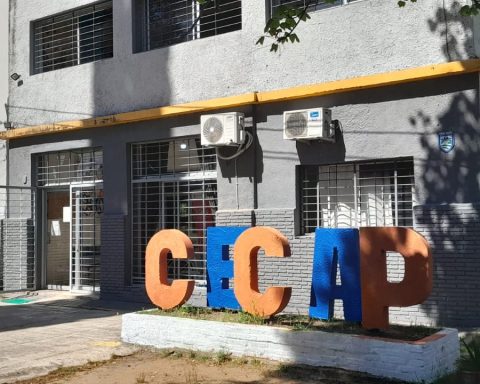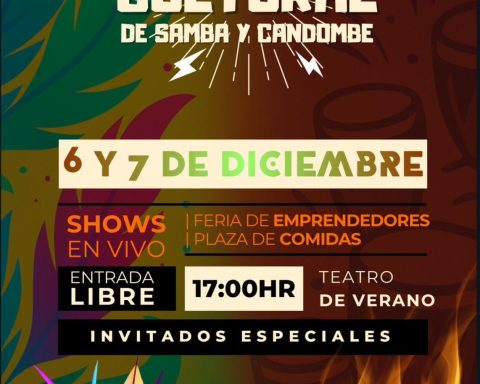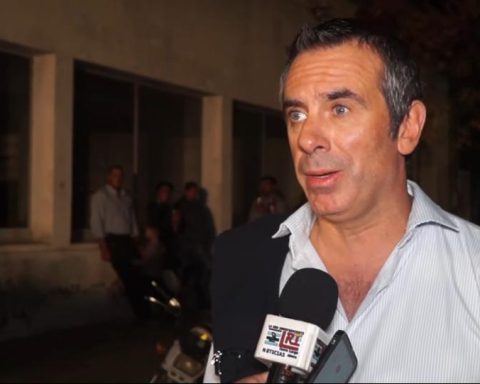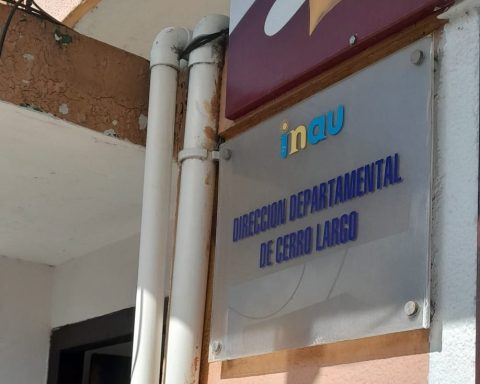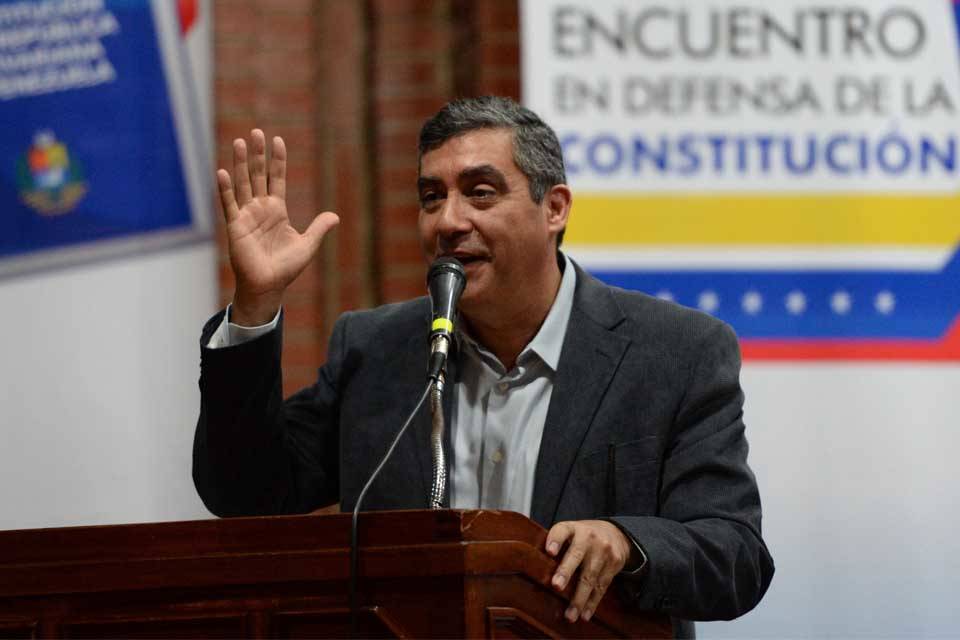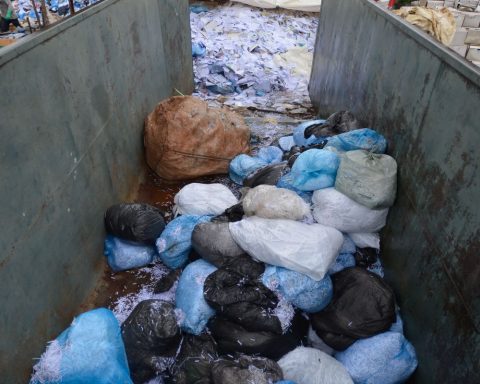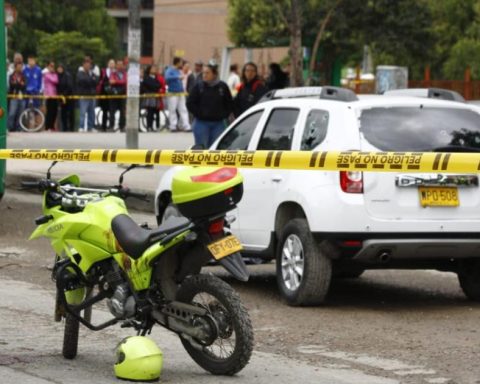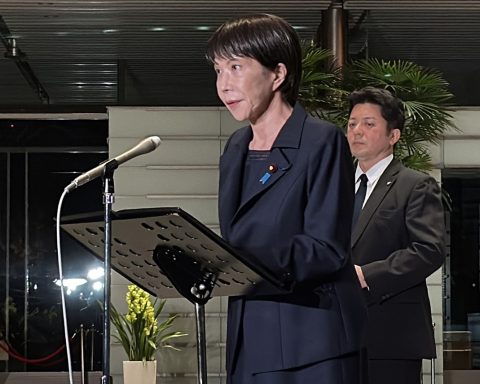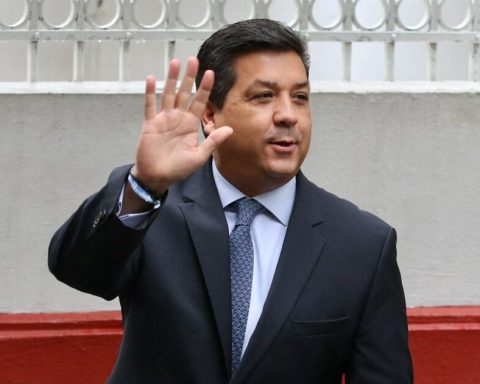The little yellow bombs take over the month of February. Days before, the Carnival Parade turn on the first spotlights that make the makeup and costumes that have been preparing to shine for several months shine.
Behind the rehearsals, the tablados and the Teatro de Verano the most cumbersome and least known part of the Uruguayan popular festival unfolds: the budget.
Some expect profit, others consider the compensation as just per diem, and those who earn the least understand it as an expensive hobby.
The Observer spoke with five references to answer how much it costs for a group to go on stage in the official contest of the Uruguayan carnival.
With the calculator in my pocket
“If you have $10, you spend $20,” admits without mincing words the director responsible for the Valores comparsa, Diego Paredes. In their case, they must be up to the task of the traditional Parade of Calls for their sector, plus the inaugural parade, the official contest and the three rounds of the Summer Theater (including the Liguilla).
“The ensembles (of blacks and lubolos) have 150 components and if you go to the Summer Theater you have to add a lyricist, staging, choreographer, musical director, sound engineer and costumes,” lists Paredes.
For them, the most expensive item is clothing and, between dressmakers and materials, the expense is no less than $500,000 (. Their general budget to be able to participate in the larger group is $1,200,000 (US$30,573).
According to the survey carried out with the different referents of the carnival, This is the minimum investment that must be paid in order to participate.
The situation of parodists Los Muchachos is different. In your case, human resources represent 55% of the general expense, followed by clothing and transportation, —which they resolve through an agreement with the Coect company that transports them throughout the carnival for a fixed price. “Los Muchachos’s budget is extremely high,” admits the director in charge, Marcel Yern. His total investment per carnival exceeds US$100,000 (approximately $4 million).
For Los Muchachos, each round at the Teatro de Verano requires an investment of $75,000 between makeup, scenery, transportation, sound, which is multiplied by the two mandatory rounds of the official contest and eventually the Liguilla if they are among the 24 teams chosen for the last phase. “There alone, more than $250,000 goes to us in the Summer Theater, if you add to that the bus from the entire carnival, you have $500,000 and you still haven’t paid anyone,” Yern points out.
A similar budget manages the murga They Force Us to Leave. The formation of the campus and the costumes are the biggest costs for the murga, which invests around US$100,000 to participate in the official carnival contest.
According to Favio Adinolfi —one of the four owners of the group— They Force Us to Leave added figures at the last moment such as the actor “Petru” Valensky and the actress Jimena Vázquez. In both cases there was the particularity that there were friends in the group that led to the budget required for their hiring being compatible with the murga’s proposal. “Otherwise hiring a figure like ‘Petru’ is impossible, he always has to want to go out or have a friend seduce him. That’s 80% of the reason why the figure appears at Carnival, otherwise it wouldn’t be possible”, Adinolfi describes.
Another is the reality of Metele that they are Pasteles, a cooperative murga, whose biggest expense is making the costumes —which this year amounts to $1,000,000 (US$25,477).—. Gonzalo Riquero, the director responsible for the murga, points out that each round of the summer theater implies $70,000 more for the payment of technicians who are outside the cooperative. Among those big questions are $1,200,000 (US$30,573) to be covered in order to remove the murga.
In the case of the Sociedad Anónima comedians, the structural expenses shared by most groups are added to the difficulty of having to travel to and from San José, where they are from. “To rehearse every day we have to bring five who travel from Montevideo to San José, We have to have that car available and bank that expense, which is more than $1,000 per day, that is, every 40 trials is US$1,000.“, analyzes its responsible director, Carlos Barceló. In the case of maragato comedians, their general budget amounts to $2,000,000 (US$50,955).
How are they sustained?
Some groups have owners who take charge of the expenses; Others, in an effort to get out, share the responsibility and expenses, but all must use different resources to arrive on time with all payment for the start of the carnival.
Before the contest begins, all the groups receive, equally, a check for television rights. This year that item was US$ 4,500. “That is given to all the groups that pass the Admission Test and compete in the Summer Theater on behalf of Tenfield,” explains Adinolfi from Nos Obligan a Salir.
Later, those who enter the Liguilla receive as much for competing in a new wheel that goes exclusively to those who participate in this instance. “It is a very important difference of money, That is why the objective of all the groups is to enter the Liguilla, it saves your head to pay for the murga and try to get it out again next year”, adds the murguista.
According to the reference of Los Muchachos, if the group reaches the Liguilla “grab between $9,000 and $10,000 from TV,” and Yern points out: “If Los Muchachos were left out of the Liguilla, more than 50% of the budget would have to come from my pocket.”
In turn, at the end of the official contest, the Associate Directors of Popular Carnival Shows of Uruguay (Daecpu) distributes a final prize among all the categories that is derived, above all, from the sale of tickets at the Teatro de Verano and that is distributed according to the position that each one achieves.
In addition to these games, each group manages by different means to reach the budget.
The comparsa Valores does so through the sale of merchandising (mugs, t-shirts and stickers) and sells raffles that “well organized can leave up to $60,000 (US$1,528) each.”describes Paredes who also emphasizes the contribution of the sponsors.
Instead, Metele que son Pasteles resorts to festivals. In the last year they organized four and with them they covered 80% of the dressing room. “The rest is financed with sponsors,” says Riquero —in his case there are seven, between brands and unions—.
They Force Us to Go Out also organized a festival that brought together more than 1,000 people at the Antel Arena and whose profits are added to those contributed by its 16 sponsors.
The important visibility of the carnival is a succulent bait for brands that want to be present at the popular festival. “It sells more tickets than football and basketball and theater combined,” says the director responsible for Los Muchachos and points out that the companies that support the carnival have some tax benefits because it is a cultural activity.
This same appeal is also transferred to the virtual world. “We have 50,000 followers and the Muchachos brand makes you put a reel on Instagram and more than 35,000 people see it; that is very important for brands,” says Yern.
“We support ourselves because we do a lot of performances,” Barceló points out for his part regarding the work carried out by the Sociedad Anónima comedians throughout the year and maintains that, in addition, there are many technicians within the cast for what they do a large part of. that job to save that expense.
on the boards
Currently there are three types of tablados during the carnival: commercial or private, municipal and Rondamomo. Each of them pays different prices to the ensembles for their performances.
In private tablados (such as the Velodrome, Geant or Malvín) the groups charge about $25,000 per performance, in the municipal ones it is around $22,500 and Rondamomo pays approximately $18,000. Of that amount, the ensembles must make up the locomotion payment—which oscillates between $3,000 and $4,000 per stage.
“The tablados are the clients of the ensembles,” Yern details. In the case of Los Muchachos they make, at least, 120 tablados per carnival, between municipal and private stages. “That’s the biggest source of income,” says Yern.
The comparsas see it with different eyes. “For the tablados to the comparsas nothing enters us“, recognizes Paredes. The high number of members—more than 30 to be able to present a good show—means that there are many to distribute little money, since in the case of the black and lubolo groups they do not make as many tablados as other categories.
In this regard, the representatives of the ensembles explain that there is a minimum number of tablados stipulated so that everyone receives dividends—between 40 and 50 performances—but despite complying with this minimum, the differences between those who perform the least and those who most they do are important, and this directly affects their income. A reflection of this is what happened in 2022. As described by Paredes de Valores in the last official contest, the comparsa that won first place won $1,700,000 (US$43,312) and the murga that came first $1,600,000 (US$40,764), but the first prize for Lubolos made 40 tablados, while the first prize for murga made 120.
“The idea is that something of the financing of the salary of the murguistas comes out of the tablados,” says Riquero de Metele who are Pastels and adds: “We receive an income for what we do on stage as a salary, but if it is related to the work that is done during the year it is just a per diem“.
Adinolfi’s They Force Us to Leave estimates that around 80 tablados will be held per carnival, which is equivalent to approximately $2,000,000 (US$50,955)..
In the case of Sociedad Anónima, for the show to be profitable, they must have at least 70 tablados. “Usually we do between 100 and 150 presentations” (inside and outside of carnival), says Barceló.
cross the line
Favio Adinolfi from Nos Obligan a Salir brings out the murga along with three other friends— Javier Acosta, Pablo Barrozzo and Daniel Sacha Sosa—”Instead of going to Hawaii or Acapulco for 20 days, we enjoyed a month and a half of Carnival,” says the owner of Nos Obligan a Salir and does not hesitate to state that, in addition to always spending 20% or 30% more than in the initial budget, “the owners do not earn money, on the contrary, the majority lose.”
It is for this reason that, in his vision, the cooperative murga is becoming more and more popular in which “if they win, everyone wins and if they lose, everyone loses”.
On the other side of the counter for the comparsas there is practically no profit. “At Valores we bet to pay the expenses and that there is a remainder to be able to participate next year,” describes Paredes. “Someone I hold dear told me that this is an expensive hobby.. I think that all of us directors know what we are going out to and what we are risking”, he says and considers that the economic part is the worst side of Carnival, even for those who come out first. “The stress that people experience has no name”, He says.
From Barceló’s perspective there are two extremes: the group that wants to say something artistically and the one that could well have racehorses, but decides to put out a murga because they like it and when it crosses the line, they lose money. “It is not a sustainable project, but it does it because it can, because it treats itself,” Barceló underlines and positions in the middle of this spectrum to all the other groups “that we try for this to have an economic reward”.
In order to match the investment and make a profit, Los Muchachos sets itself the goal of at least coming third in the official Carnival contest and performing more than 100 tablados.
When they pass the line, in a good year, and winning the contest, they ultimately have 10% of the profit budget left. “You don’t earn more than that and when things go wrong, you don’t do worse than putting 10% or 15% of the budget,” evaluates Yern.
Now, days after the inaugural parade, all of them and 34 other groups finally put the calculator aside to enjoy the carnival party while waiting for God Momo to accompany them.
